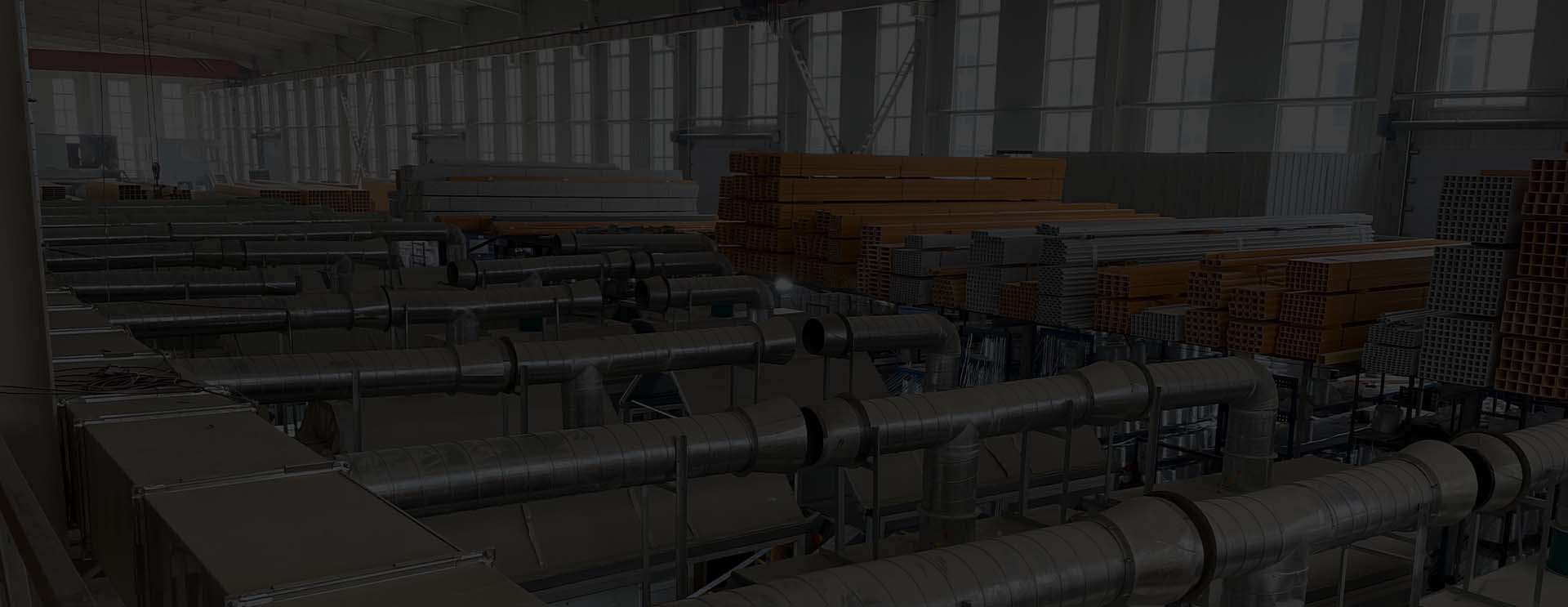loading...
- No. 9, Xingyuan South Street, Dongwaihuan Road, Zaoqiang County, Hengshui, Hebei, China
- admin@zjcomposites.com
- +86 15097380338
- Welcome to visit our website!
sand filter vessel
Understanding Sand Filter Vessels Key Components and Applications
Sand filter vessels play a crucial role in various industries, particularly in water treatment and environmental management. Their main function is to remove suspended solids, turbidity, and other impurities from water, enabling it to meet the required standards for various applications. This article delves into the structure, operation, and applications of sand filter vessels, along with their benefits and limitations.
What is a Sand Filter Vessel?
A sand filter vessel is a specialized container filled with layers of sand and gravel designed to filter impurities from liquids. The design typically includes an inlet for the unfiltered fluid, a series of layers composed of different sizes of sand and gravel, and an outlet for the filtered water. The layers are engineered to facilitate effective filtration, with larger granules at the bottom and smaller ones at the top, creating a natural gradient that captures particles effectively.
Components of a Sand Filter Vessel
1. Inlet System This part allows dirty water to enter the vessel. It’s often designed to disperse the incoming flow evenly across the filter media to prevent channeling, which could reduce the efficiency of the filtration.
2. Filter Media The core component consists of several layers of different sizes of sand and gravel. The top layer typically uses finer sand for trapping smaller particles, while coarser materials exist below to permit sufficient flow and support the upper layers.
3. Outlet System After the filtration process, the clean water exits through this system. It’s designed to prevent disturbed sediment from escaping back into the treated water.
4. Backwash System Over time, as particles accumulate in the filter media, the efficiency of the sand filter vessel can decline. A backwash system reverses the flow of water to dislodge trapped particles, cleaning the media and maintaining optimal performance.
Working Principle
The operation of a sand filter vessel is primarily based on gravity. As unfiltered water enters the vessel, it flows through the layers of sand and gravel. The larger particles are trapped on the surface while smaller particles infiltrate deeper into the sand. This process continues until the filter media becomes saturated with particulates. However, when the flow rate significantly diminishes due to clogging, backwashing is initiated to restore efficiency.
During backwashing, clean water is pumped in the reverse direction, lifting the sand and allowing trapped impurities to be flushed out through a separate drainage outlet. This cyclical process ensures the longevity and effectiveness of the filter.
sand filter vessel

Applications of Sand Filter Vessels
Sand filter vessels are widely used in various sectors
1. Municipal Water Treatment They are essential in drinking water purification, ensuring that natural water sources are treated for sediments, debris, and biological contaminants.
2. Wastewater Management In wastewater treatment facilities, sand filters help in the secondary treatment process to reduce solids and other contaminants before discharge or further treatment.
3. Agriculture Sand filters are utilized in irrigation systems to ensure that the water supplied is free from debris that could clog irrigation pipes and affect crop growth.
4. Aquaculture In fish farming, sand filter vessels aid in maintaining water quality by removing harmful particles and ensuring a healthy environment for aquatic life.
Benefits and Limitations
The primary advantage of sand filter vessels is their effectiveness in removing contaminants without the need for chemical additives, making them environmentally friendly. They are also relatively low in maintenance costs and energy-efficient due to their gravity-driven operation.
However, there are limitations. Sand filters can become less effective if not properly maintained, as accumulated particles can lead to channeling. Moreover, they usually have limited capacity and may require frequent backwashing, which can waste water.
Conclusion
Sand filter vessels are vital systems in water management, offering a natural and efficient method for improving water quality across various applications. Understanding their structure, operation, and appropriate maintenance can maximize their efficiency, ensuring sustainable water resources for future generations. As environmental concerns grow, the role of such systems in water treatment and conservation will become increasingly significant. By investing in better filtration technologies, industries can contribute to safe and clean water availability for all.
-
The Rise of FRP Profiles: Strong, Lightweight, and Built to LastNewsJul.14,2025
-
SMC Panel Tanks: A Modern Water Storage Solution for All EnvironmentsNewsJul.14,2025
-
GRP Grating: A Modern Solution for Safe and Durable Access SystemsNewsJul.14,2025
-
Galvanized Steel Water Tanks: Durable, Reliable, and Ready for UseNewsJul.14,2025
-
FRP Mini Mesh Grating: The Safer, Smarter Flooring SolutionNewsJul.14,2025
-
Exploring FRP Vessels: Durable Solutions for Modern Fluid HandlingNewsJul.14,2025
-
GRP Structures: The Future of Lightweight, High-Performance EngineeringNewsJun.20,2025
